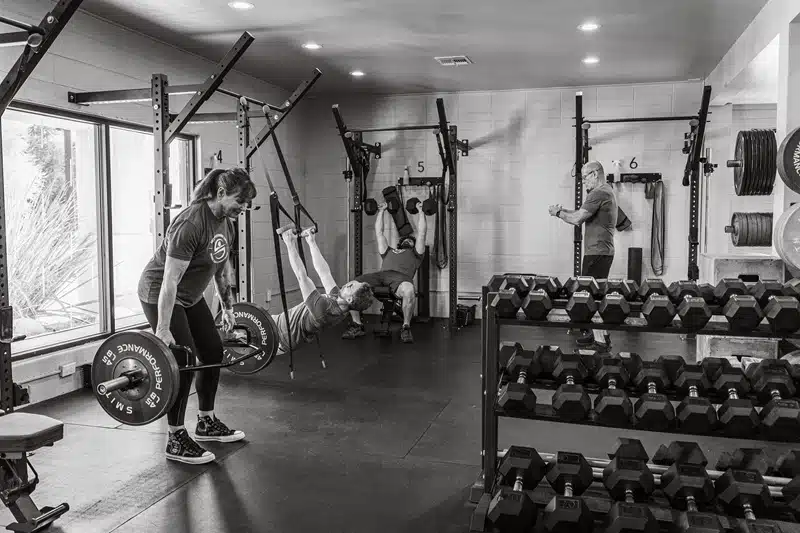The foundation of our programming is the strength workout.
Building upon this foundation using a progressive overload approach is essential for long-term strength and fitness gains. Incorporating supplemental workouts can provide variety, target specific muscle groups and movement patterns, develop new skills, and enhance overall fitness and performance.
Supplemental workouts can serve various purposes, such as addressing weaknesses, improving mobility, treating recurrent injuries, reducing risk for falls or simply adding diversity to training. They include exercises like mobility drills, corrective exercises, accessory movements, and conditioning work.
By integrating supplemental workouts into your programming, you create a more well-rounded and balanced training regimen. This approach not only helps to prevent boredom and plateaus but also allows for continuous improvement and adaptation over time.
We want to review the types of supplemental workouts in this article.
The 4 types of supplemental workouts
We have 4 types of supplemental workouts:
- Additive
- Supportive
- Progressive
- Stand Alone
We will explain each one of these along with samples.
Additive
An additive workout meant to be performed in addition to your strength workout. There is not a progression element. These are not typically performed alone and are performed at the end of the workout session.
The most common example would be additional core, arms, plyometrics, metcons, or cardio.
Supportive
A support workout is performed before and after a strength workout to keep your body feeling good. We commonly use these for acute or recurrent injuries that could be negatively impacted by exercise. You may also find that your body requires different types of warm-ups or cool-downs to keep feeling good, especially later in the day.
This includes PT additions and coach warm-ups.
Progressive
A progressive workout is focused on developing a skill. The skill being developed is typically chosen because it is something that our team believes will lead to a future problem, address current injuries seen in our community, or support your overall development. We use the term progressive because the workouts are stacked so you should master the previous one before moving on to the next.
This includes balance, upper quarter, LE control, and ground control.
Stand Alone
The stand-alone workout replaces the scheduled strength workout.
We understand that sometimes the workout schedule is not possible for a variety of reasons (home workout, travel, kids, motivation). In these situations, we want to have workouts that can be stand-ins for the scheduled workout.
This will include body weight, band, and sandbag.
Do you struggle with maintaining an exercise routine?
Let us help you develop an exercise routine that can work even with a busy schedule.



